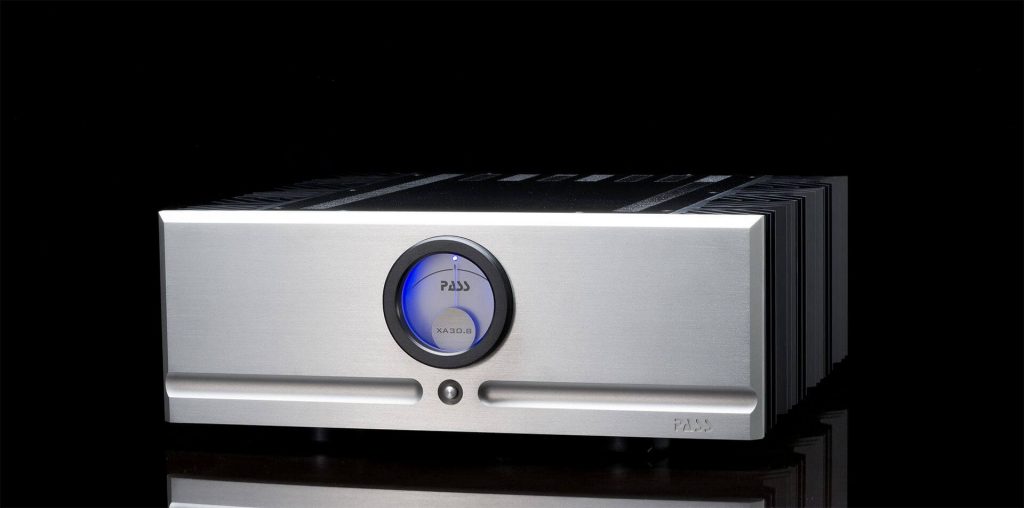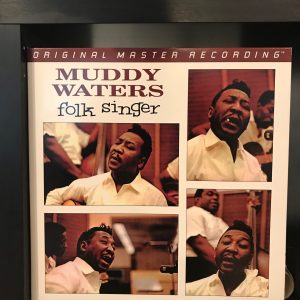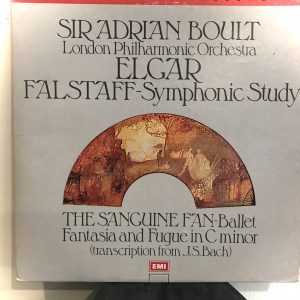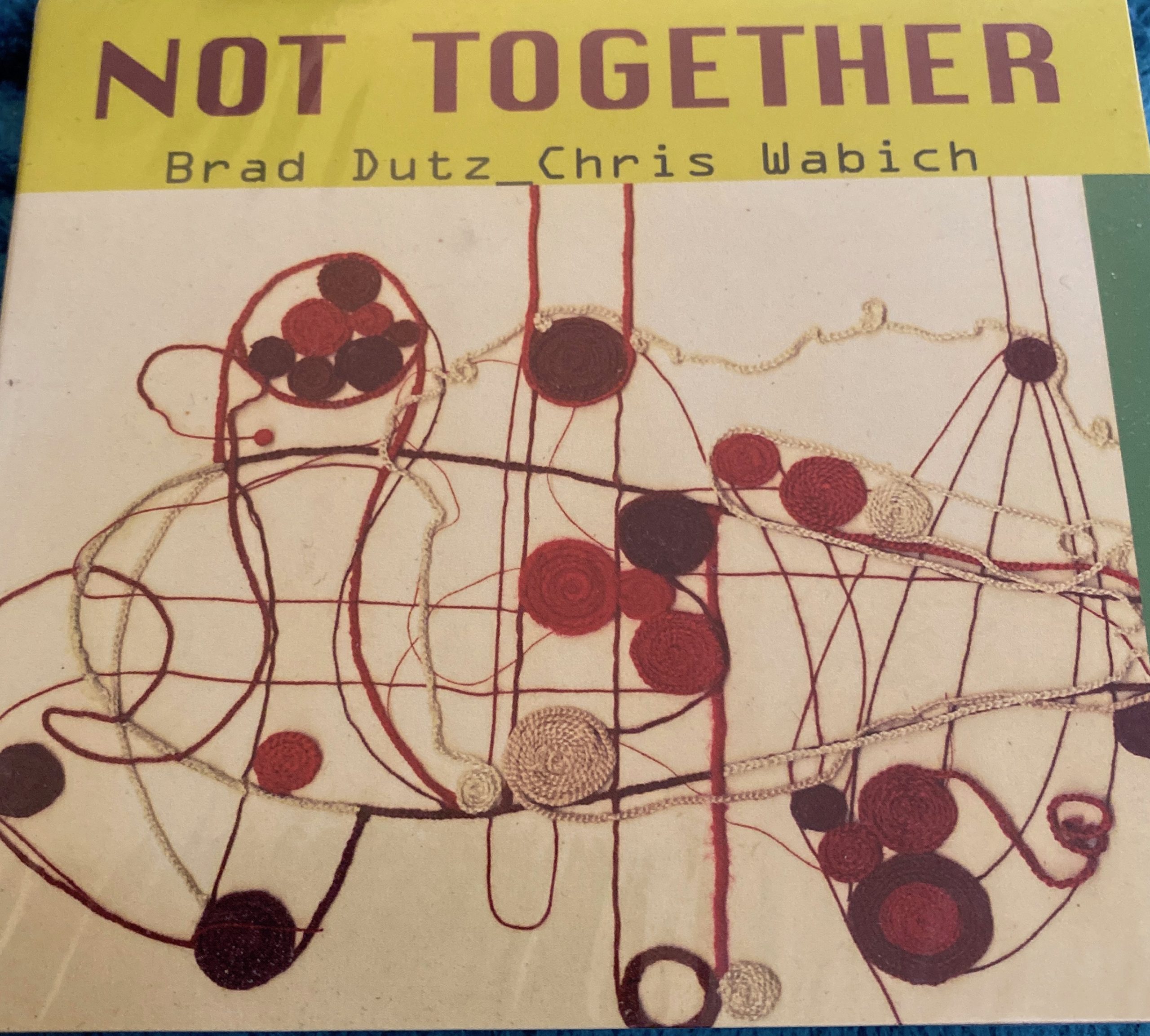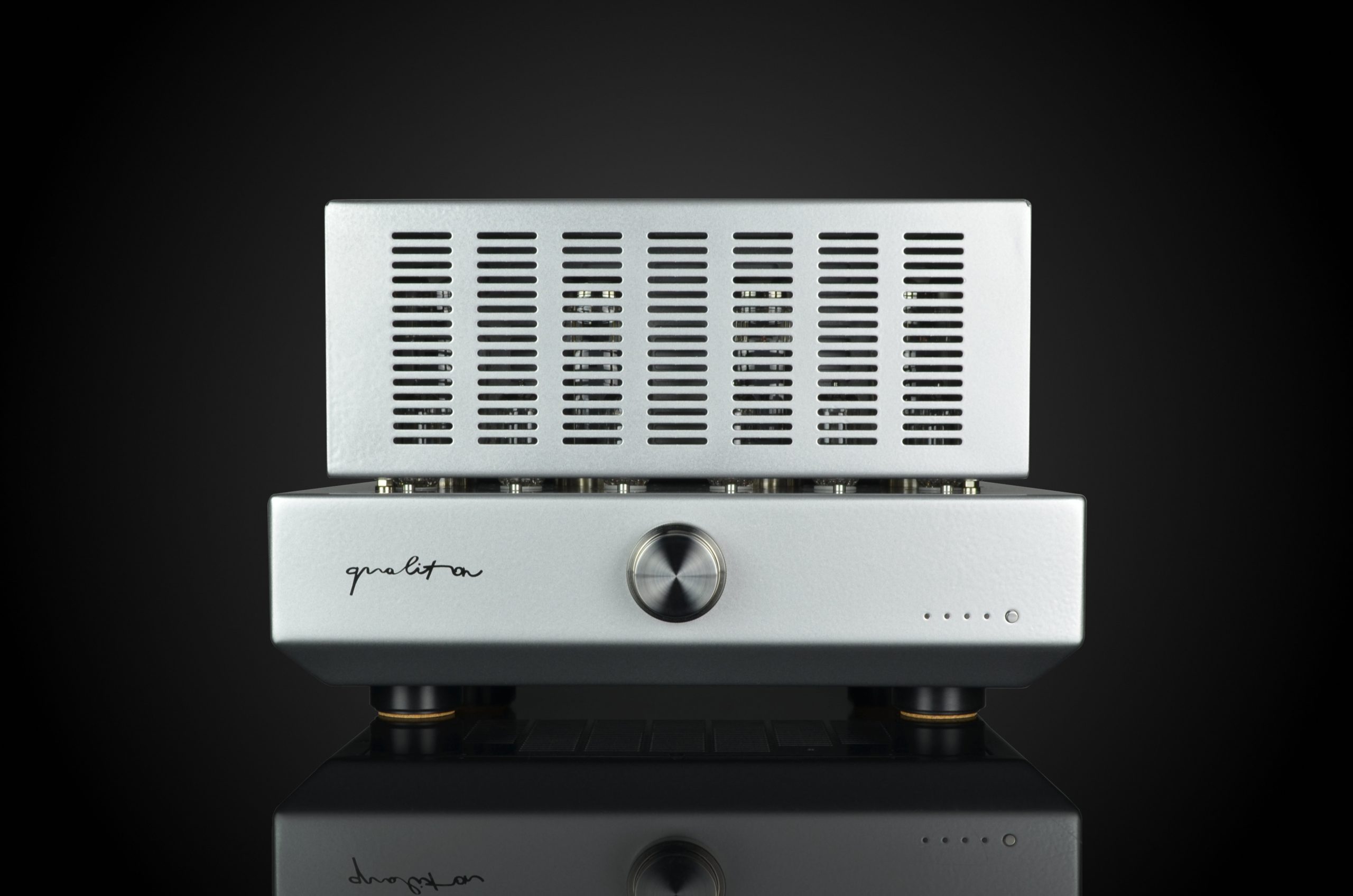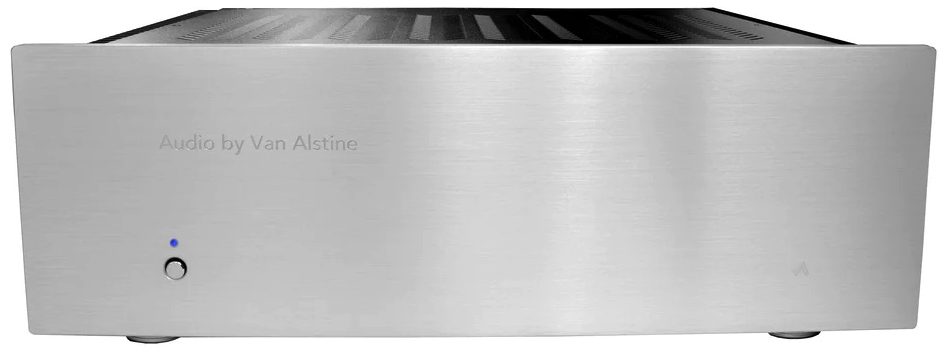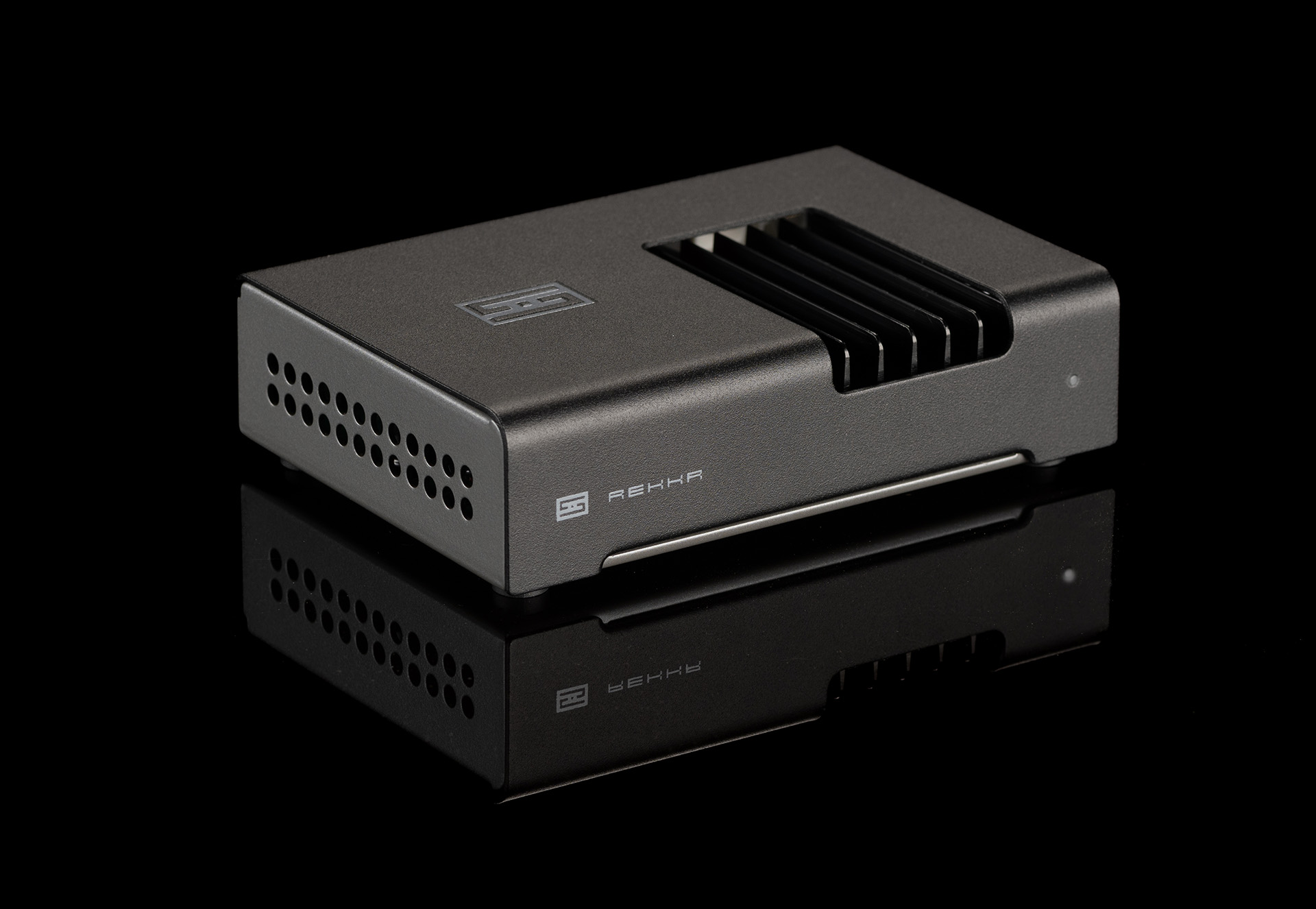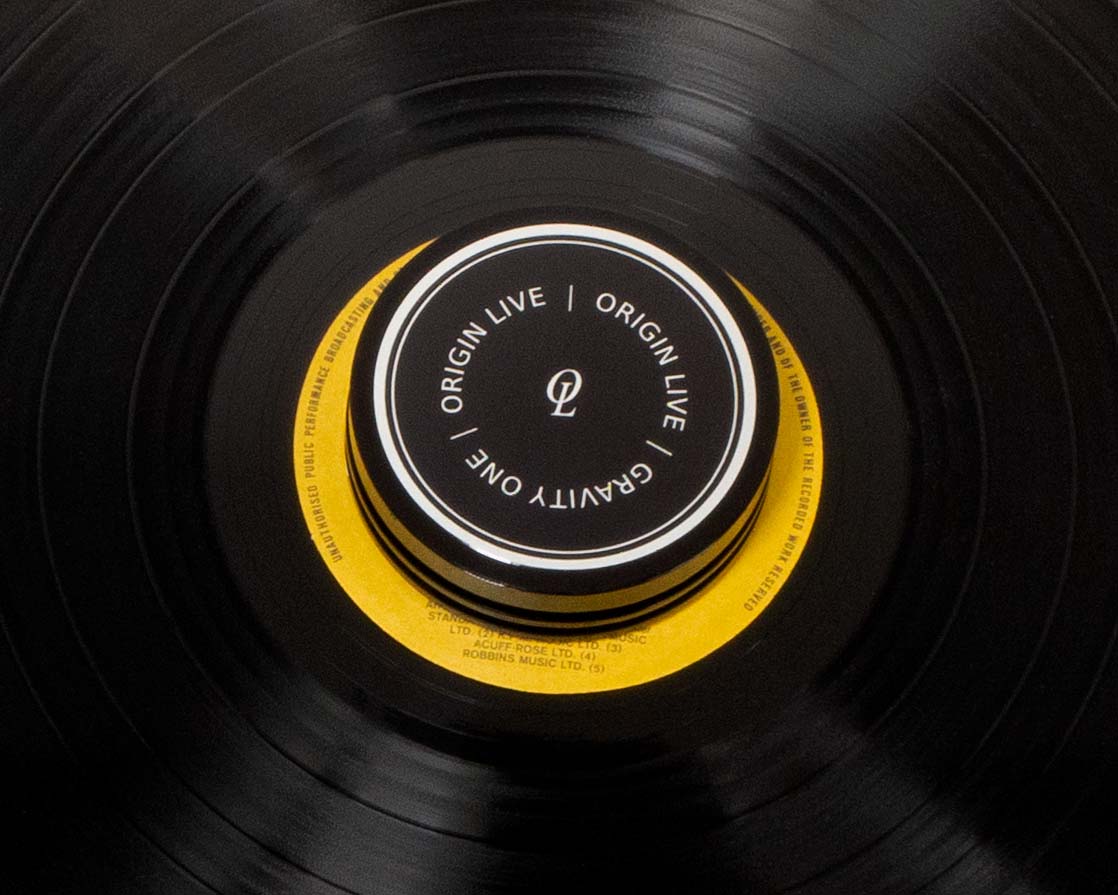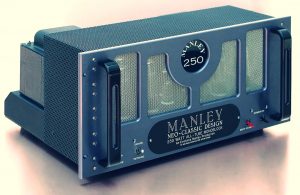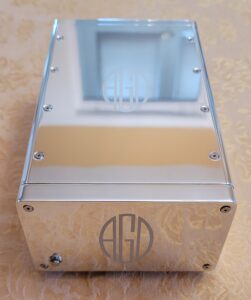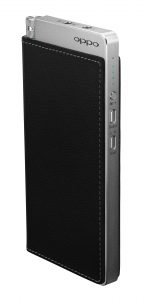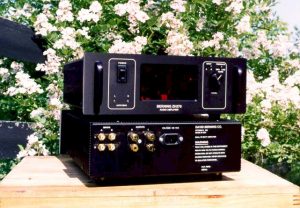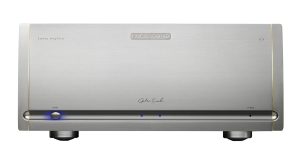Part 2 (Part 1 can be found HERE)
I originally titled this discussion as "Don't Pass, Go!" I meant, don't pass on the XA30.8, go! I didn't expect I'd disappear, but... this past year has been difficult for all of us. Covid-19 put a kink in things for all of us, I added to my own turmoil. I moved twice during this review. Going from a very large and open listening space with 14 foot ceilings to a small apartment, back to a house with a smaller, closed space with 7.5' ceilings. In addition to all of that, my five channel Parasound 1206 was losing channels like an election fraud case—what to use as a comparative reference?
The desire to listen to the XA30.8 was tempered by using three entry level Schiit DACs, my Modi Multibit ($249), an original borrowed Bifrost Uber (~$500 when new around 2012) and Schiit's recent Bifrost 2 ($699). All passed signals through Audirvana and all sounded like music but were not as "insightful" as highly resolving components can be. All were overachievers but... they're not microscopes and so what they offer isn't the most exacting for review purposes. So...
A Start
To get insight into the XA30.8 I sought out a phono stage, specifically, Fern and Roby's Maverick phono stage ($2250). The Maverick was promising. The uptick in resolution and realism between it and the little Schiits was striking, it was fun and thrilling to listen to. With the Maverick in play, new vistas of realism rose above and beyond the Schiit I could see and hear. As the phono stage broke in... I fatally bent the cantilever on my Dynavector XX2MkII. Well, if things weren't frustrating before, this helped collapse my Covid-19 adventure.
The pandemic unleashed audiophile restraint, if there was such a thing, and hordes of audiophiles sought out upgrades they'd been waiting on, apparently. Thus, my cartridge rebuild took longer than expected. I had to pass the Maverick on to another reviewer.
While I waited for my cartridge to return, I went back to more familiar if less insightful territory. There was nary an unpleasant moment, music was relatively rich and robust. Enjoyable? Yes. Captivating? Well... no, but again, a good sound, just not the riveting experience I think most of us crave. Ninety pounds of amplifier wasn't able to arm wrestle insight and excitement from the Schiits. What to do about that?
Revealing Ignorance and Changes
Consonant with my self-acknowledged engineering ignorance, I thought class A amplification was by definition single ended in operation. Thus, I assumed single ended cables (RCAs) should be at least the equal of balanced (XLR) with the Pass. Bryan Stanton, Pass' conduit for public relations and communication with reviewers said, no, actually, the XA30.8 is a balanced amplifier. I'll leave how that is accomplished, if it is addressed, to Pass. But, so informed, I swapped out Kubala-Sosna's single-ended (RCA) Anticipation interconnect (~$400) for Kubala-Sosna's Expression balanced (XLR) interconnects ($1850) between amp and preamp. No, the price difference did not escape me.
With the Anticipation cables the sound was sweet, reasonably detailed and free of noticeable grain. More detail and nuance would have been welcomed and might have created a more insightful experience. Not every experience is terrific and sometimes sins of omission are easier to live with than klutzy, overreaching failures. Before the swap of interconnects my modest digital setup made the three Schiits noted above all seem much the same.
The two seven inch woofers in my Gamuts didn't seem to produce any more bass than my active ATCs with their single 6.5" midbass driver. I was disappointed not to have a riotous bottom end with the Gamuts—after all, isn't a riotous bottom end part of what one seeks when there is a massive amp in the room? Maybe not for you, but for me... With any of them sound was no less than good, but I still would not have thought I had a nearly $7000 amp in my system. Here was an example that system synergy usually requires all of the components to be at or around the same level of performance for the "specialness" of a system to be revealed, and... the Schiits were not the shit, so to speak.
Balancing Act
The switch to a balanced connection between amp and preamp took the bass performance to another level of depth and weight, and yes, occasionally allowing some riotous bass. This connection left the ATC's bass response in the rear view mirror. There was less "sameness" to the DACs. Thus, the tracks I played and my emotional responses to the same were altered for the better. Looking for reasons I thought the balanced part of the XA30.8 might be more important, but it turns out the XP12's balanced outputs produce 4v to the RCA's 2v. So, the difference wasn't entirely, or even partially (?), on the cables.
But, the experience through balanced outputs, while not a difference of the night and day variety, revealed a wealth of material and a robustness not shown with a single-ended connection. Now there was a fullness following from a weightier, fuller bottom end, moving toward a rich, warm and gutsy sound with some animalistic aliveness, almost riotous I could say.
Tracks with bass, like "Mestizo Waltz," "Cosmic Hippo." and "My Name is Mudd" now had real weight and impact, perhaps even that of a dancing hippo, on the sprightly feet of a gazelle. Wow! Bela Fleck's "Cosmic Hippo" now created a roller coaster of bass. Bass weight seemed to better match the physical presence of Pass' mighty class A amplifier. Despite my very modest sources, the sound was moving closer to what I would have hoped and expected.
Getting Wired
The second event that altered my experience was trying out Chris Sommovigo's Black Cat Cable 3232 speaker cable ($750/2 meter pair) from the XA30.8 to the Gamuts. Chris' business model has him as the brains (cable designer and marketer) and the brawn (personally spinning the cable machine) to make cables. If you scoff at big cable companies charging big bucks for products cut from a spool prepared on another continent... Chris' model has him building your cable at the time of your order to your requested length. This may be one of the few instances where someone sweats the details as well as literally sweating to bring you their product.
I had had no complaint with the speaker cables I'd been using. Both the Purist and Audioquest cables sounded good, but they were also much longer, heavier and less inclined to stay connected to my speakers. The 3232 speaker cables had my modest Modi MB uncork more of the possibility of the XA30.8. Adding the 3232 cables didn't produce deeper or fuller bass, but it was more articulate, nuanced, and informative. Midrange performance was well and more intimately drawn and treble production occasionally showed greater signs of extension while retaining a light touch. The treble was a little dry, rather than liquid. Wow! Think of the change I experienced as akin to dieting to expose more muscle tone, less obscuring of detail with a more evident state of tonal and timbrel fitness.
The price of Chris' cables do not make them an impulse buy, but they warrant attention, especially if you're shopping further up the price spectrum. The designation "3232" comes from one layer of thirty-two 30AWG cables wrapped around cotton rope, wrapped with braided monofilament nylon with another thirty-two 30AWG cables, then covered in a jacket. I don't anticipate writing a review, but recommend them highly here. At $750 for a two meter pair of handmade cables... it seems a good buy, even if that "modest price," by audiophile standards, is still a little painful.
Using the combination I came across Cody High's Kissing Street and the track "Another Night." The music is a bit of J.S. Bach meets electronica—constructed in short snippets. The aptly named "Ennui" and "Another Night" (less aptly named) were amongst my favorites from Kissing Street. The XA30.8 and Gamuts were captivating, in part due to the newness of the musical creation, but also because of small details being brought to the fore, even though the source was lower resolution MP3.
Reducing Noise?
The third event that made a difference was inserting Uptone Audio's USB Regen and UltraCap LPS-1 linear power supply between my Mac Mini and the Modi MB. Changes here manifested as more resolved but not because, I think, they artificially sharpened the sound because there now seemed to be less noise in the system. This conjured up, in a welcome spell, blacker backgrounds and a more relaxed, but involving character. "Musical" detail emerged that was previously obscured by noise. By musical I mean, harmonic structures were richer, deeper hued, less chalk-like. There was some increase in the attack and decay of struck instruments, but such were not underscored or highlighted. Enough to be preferred but not exaggerated so as to be obvious changes.
Listeners who like the bright line distinctions wrought by a presentation that is leaner and more lit up (not lit from within) might not call this an improvement. I do. Keep in mind, however, that the bulk of my listening was with Schiit's Modi Multibit. I also think that I am noting a "nice" obscuration, i.e. a pleasant covering up of upper midrange and lower treble here. This might, I think, disappear with more articulate sources.
FOMO er Phono
Part, I think, of being an audiophile is fear of missing out (FOMO), however satisfying a musical performance is... Goldilocks might be just out of sight, right? Many audiophiles, including myself, have moved on from good stuff because, even if gear we own seems pretty darned good, maybe there's another, prettier Goldilocks around the corner? Rather than let Goldilocks wander around outside my sight, I had to know what more was available. I asked to listen to Pass' XP17 phono stage, but with Covid19 and a shortage of people at work... a re-assemblage of personnel at Pass was needed for an XP17 to be born. So I purchased an E.A.R. Phono Classic (reviewed in England as "Phono Box" but renamed for the US). This is the late Tim de Paravicini's final update on the classic 834P phono stage. I bought it sound unheard.
The change from Schiit in your eye to analog through my E.A.R. (I should have resisted) yielded a much better view of what the XA30.8 can provide. The change in resolution, realism and recreation of an event was very welcome. While riotous bass did not take over, the bottom end became fuller, richer and more articulate. Treble was written with greater fluidity and precision, though I can't say it was more extended. But, the realism conjured up a more realistic rendering.
Muddy Waters' Folk Singer was the first LP I tried. This LP is new to me—a gift from a friend whose tinnitus chased him out of our hobby. The recording is spare and simple, but like a nice cup of Illy coffee, the richness of the experience might have been simple but it was also just a bit more intense, inspiring some insight. Tone and timbre of Waters' voice, with a mix of soft gravel moving on the warmth of his humanity, rather than just more detail.
My dying copy of Elgar's "Sanguine Fan" (actually, it's the LP cover that's disintegrating) was very special. I've used this LP for decades and again, the sound was poised, nimble, and imaged really well. The drama of the piece, the ebb and flow of energy and SPLs were that which I wish for. Through the XA30.8 the album presents a more voluminous and weighty bottom end, the Phono Classic was tighter than my recollection of the 834p. With the Phono Classic in place, I could start getting the measure of the XA30.8.
Whereas visual images and tonal "edges," or the ability to distinguish one tone from another were less distinct with my digital setup, the E.A.R. was a distinct step up from my digital setup. My recollection of the experience of the Maverick has practically disappeared, but my sense of the latter's performance was less fluid though more detailed. My system started creating the palpable image outlines Sam Tellig talked about in the 1990s. Image specificity as well as soundstaging improved rather dramatically. While my speakers disappeared with the Schiit DACs, the E.A.R. improved on speaker disappearance by creating a stage in which instruments performed. I'm still learning about my room, while "log rolling" through the changes Covid-19 and two moves created, I don't yet have stark soundstaging and cannot say if that's available with the XA30.8 in my system. The leap forward suggests more tweaking will be rewarded.
So, I'm taking a short break before returning with comments on the E.A.R. Phono Classic as well as the sound with Pass' XP17 phono preamp. Both of these are far more incisive than my current collection of digital gear. I will not leave without some further comment however. First, I'm breaking off this review because there is a turn in performance that warrants a different starting point.
First, with "only" a rated 30 watts, the XA30.8 has plenty of power for my 88dB speakers. The amp, working in class A/B produces closer to 200 watts at 4Ohms, which is about what my speakers want. Is it a match in heaven? I'm not sure, but it's satisfying, quite satisfying.
Something I've noticed about power, however, is that a super abundance can provide something that "enough power" doesn't. I built subwoofers with 15" drivers. About 1000 watts for each subwoofer was thought to be optimal, per Thiele Small parameters. With 750 watts I loved the sound. With my QSC 2450 amp in bridged mono I get 2400 watts and the same enclosure with the greater wattage was AMAZING. Amazing as in nimble, fast, deep and loud. On every front it seemed superior. With that in mind, I suspect that a Pass amp with more wattage might move the partnership of Gamut and Pass to amazing but... at a significant financial cost. I don't anticipate reporting on lots more class A power, but.... it goes to say that sometimes more is more.
Back to a "tube sound," there is a grainlessness to the XA30.8 that invites comparison to tube amplifiers, though I do not think it sounds like a tube amp. Where it doesn't sound like a tube amp at this point is that there is an ever so slight, as in you have to listen for it, sound that is not quite as liquid as some tube designs—I'm thinking E.A.R. Yoshino 509 MkII mono blocks for these speakers. But those amps are especially liquid sounding among tube amps. The amp lacks the palpability of the best tube amps—BUT, my system is still undergoing tweaking to soundstage better and I believe I can wring more palpability. Remember this is just a round up of facts at this point. I have only a slight interest in finding out how much more three dimensional the sound could become, but in the interest of people contemplating nearly seven thousand dollars for an amp... I think I should put in a bit more work.
Last Surprise (for Now)
I reinserted my Classe Sigma SSP preamp into my system for all analog and digital. I'll hold my cards for the analog side of things, but the digital side... my oh my. Whereas the Modi Multibit was pleasant, inoffensive but not insightful with Pass XP12, with the Sigma SSP, the detail and excitement that a high resolution system provides showed its face or at least a shadow of it. The XP12 is far more nuanced and doesn't make a mountain out of a mole hill, the Sigma SSP, however, did. The Sigma SSP's character combined to make the Modi Multibit seem more detailed, but I think it's the "chemtrails" of the Sigma SSP. With an ever present incisiveness—not a second or third priority for me—the Classe dressed up the Multibit into an insightful sight or sound to hear. Wow, this is much better and speaks to the capacity of the Multibit but more relevantly for the XA30.8. The liquidity that the XP12 and XA30.8 provide was not the match needed in my system in this room. The Sigma SSP presentation is a little darker and more angular than I'd want overall. If I were stuck between the two with a "nice" $250 DAC in a system in which every other individual component is literally twenty times more costly... I'd probably pick the Sigma SSP to match the XA30.8. With a source commensurate with the rest of my system... there should be no surprise here.
I'll be back with more shortly, including a comparison of another amplifier to contextualize what the XA30.8 does.
XA30.8 Amplifier
Retail: $6800
Pass Labs




